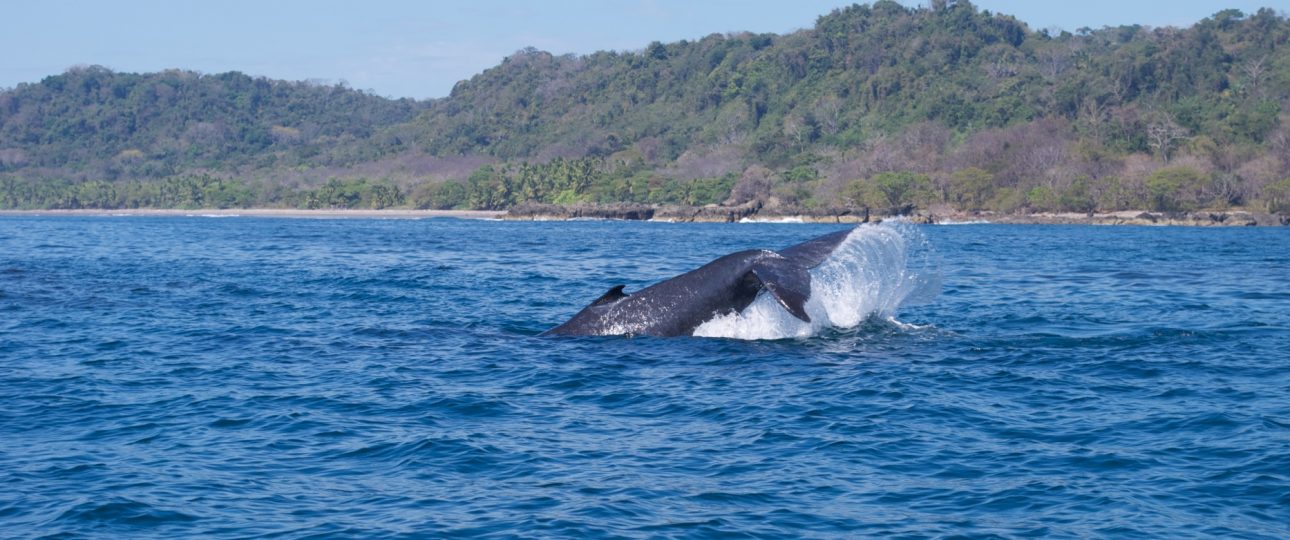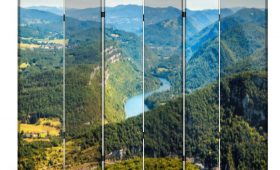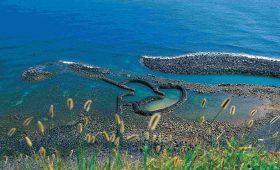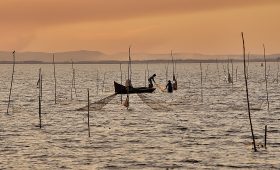Introduction
Welcome to Tortuga Island, a tropical paradise nestled in the beautiful country of Costa Rica. Known for its pristine beaches, crystal-clear waters, and abundant marine life, this hidden gem is a must-visit destination for any avid traveler. In this article, we will explore the unique features of Tortuga Island, how to get there, the best time to visit, and local transportation options.
Location and Geography
Tortuga Island is located in the Gulf of Nicoya, on the Pacific Coast of Costa Rica. It is approximately 12 kilometers off the coast of the popular tourist town of Puntarenas. The island is part of the Nicoya Peninsula, which is known for its stunning natural beauty and rich biodiversity.
What Makes Tortuga Island Unique?
Tortuga Island stands out among other tropical destinations due to its untouched beauty and secluded atmosphere. Unlike crowded tourist hotspots, Tortuga Island offers a serene and tranquil environment, making it the perfect getaway for those seeking relaxation and rejuvenation.
One of the island’s unique features is its pristine beaches, which boast powdery white sand and turquoise waters. The surrounding coral reefs offer incredible opportunities for snorkeling and diving, allowing visitors to explore the vibrant underwater world filled with colorful fish and marine creatures.
Another highlight of Tortuga Island is its lush tropical forests, which are home to a variety of exotic wildlife. From playful monkeys swinging through the trees to vibrant tropical birds soaring overhead, the island’s biodiversity is truly remarkable.
How to Get to Tortuga Island
Getting to Tortuga Island is an adventure in itself. The easiest way to reach the island is by taking a boat from Puntarenas. There are several tour operators that offer day trips to Tortuga Island, providing transportation and various activities.
Alternatively, you can also charter a private boat or yacht to take you directly to the island. This option offers more flexibility and allows you to customize your itinerary according to your preferences.
Best Time to Visit
The best time to visit Tortuga Island is during the dry season, which typically runs from December to April. During this time, the weather is sunny and rain showers are rare, making it ideal for beach activities and outdoor exploration.
However, even during the rainy season from May to November, Tortuga Island still offers its own unique charm. The lush vegetation is at its peak, and the occasional rain showers create a refreshing atmosphere. Just be prepared with a raincoat or umbrella if you visit during this time.
Local Transportation on Tortuga Island
Once you arrive on Tortuga Island, transportation options are limited as the island is relatively small and undeveloped. However, this adds to its charm and allows visitors to truly disconnect from the hustle and bustle of everyday life.
Most visitors prefer to explore the island on foot, taking leisurely walks along the picturesque beaches and hiking trails. The island’s compact size makes it easy to navigate, and you can reach most attractions within a short walk.
If you prefer a more adventurous mode of transportation, you can rent a kayak or paddleboard to explore the island’s coastline at your own pace. This allows you to discover hidden coves and secluded beaches that are inaccessible by foot.
Summary of Facts
- Tortuga Island is located in the Gulf of Nicoya, off the coast of Puntarenas, Costa Rica.
- The island is known for its pristine beaches, crystal-clear waters, and abundant marine life.
- Tortuga Island offers a serene and tranquil environment, perfect for relaxation and rejuvenation.
- The island’s unique features include its powdery white sand beaches, vibrant coral reefs, and lush tropical forests.
- To get to Tortuga Island, you can take a boat from Puntarenas or charter a private boat or yacht.
- The best time to visit is during the dry season from December to April, but the rainy season from May to November also has its own charm.
- Local transportation on the island is mostly on foot, with options for renting kayaks or paddleboards for exploring the coastline.




